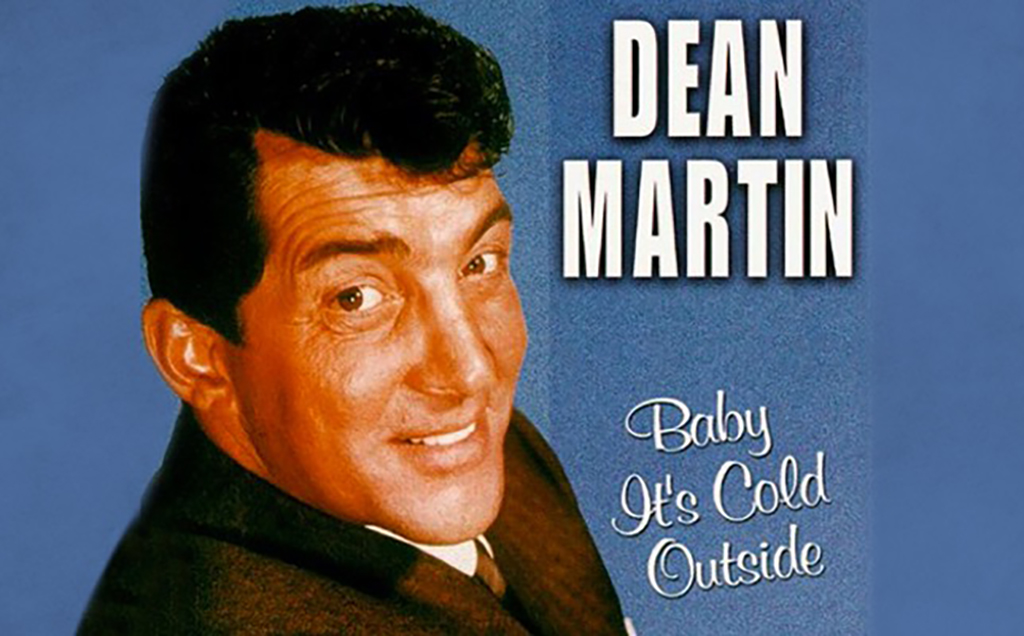As a flurry of stations pull holiday classics off the air, it becomes increasingly important that individuals and organizations fully understand the reasoning behind their decisions. After analyzing the context and history of “Baby It’s Cold Outside,” there is no reason to cease playing the holiday classic.
During the 1940s, whenever Hollywood celebrities attended parties, they were expected to perform. The call-and-response duet, traditionally sung by a man and a woman, was no different. In 1944, Frank Loesser wrote the song for him and his wife to perform at their party while their guests were preparing to leave and it was an instant hit.
When the song came out, WWII kept America in a social upheaval. In attempt to control this, “mental hygiene” films, or instructional movies, were created and distributed to teenagers and young adults. Titles like “Dating Dos and Don’ts”, “Mind Your Manners” and “Are You Popular?” were played repeatedly to shape the behavior of the younger generation.
The films and accompanying social standards made it very clear that if a woman wanted to stay out with a man, they’d need a better excuse than just “because I wanted to.” “Baby, It’s Cold Outside” plays along with the same expectations, but with the connotation of the woman wanting to stay in after the “evening has been so very nice.”
None of the reasons the woman cites pertain to how she feels, they are merely expressions that other people will realize she is not doing the things she is expected to. After spouting off everyone that’ll be concerned with her behavior, she even notes that she wish she, “knew how to break this spell” because she wants to stay, despite knowing she, “ought to say no, no, no.”
While the current climate makes it easier to point fingers at any sexual insinuation, not every reference holds a negative connotation. Even the heavily disputed, “what’s in this drink?” can be explained as a common idiom of the period that continues into today- rebuking social expectations by blaming any poor-tasting actions on the influence of alcohol. The fired-up controversy needs to cool down, and reblogging the story without any contextual analysis does not help anyone.
For a long time the duet’s only controversy was whether it was fair to call it a Christmas song, considering the lyrics don’t have anything to do with the holidays at all. In fact, the first article deeming the song to be about date rape was published in 2004- 60 years after the song debuted- to the regular humor column, “Post Mortem.”
The new “Baby, It’s Cold Outside” controversy exploded in 2007, with the emergence of social media sites that revolutionized content distribution on a mass scale. In December of that year, the popular humor website Funny or Die released a parody video that went viral for its depiction of the song. This popularized portrayal became the face of the song, and people began to find alternate meanings behind every aspect of the song.
A Tumblr blog post by a former English teacher stifled the debate briefly with a thorough explanation of the song. Nevertheless, the controversy became mainstream again, as traditional news outlets like the Wall Street Journal weighing in with half-baked analysis of the controversy they believe to have emerged solely out of the post-Trump era.
The overwhelming pressure to remove the song forced radio stations to pull the song, but as more people have shared their opinions, the decisions have to be reversed. An analysis of polls on radio stations like 96.5 KOIT’s, a station in San Francisco, found that despite their original decision to pull the song coming from feedback from its own listeners, more listeners have since advocated for the song, creating an unnecessary and complicated discussion.
For a minority opinion to be heard, we cannot be so quick to jump on issues not fully understood or believed in. While the #MeToo Movement should not be discredited, there are bigger fish to fry than the playlists of holiday radio stations.
